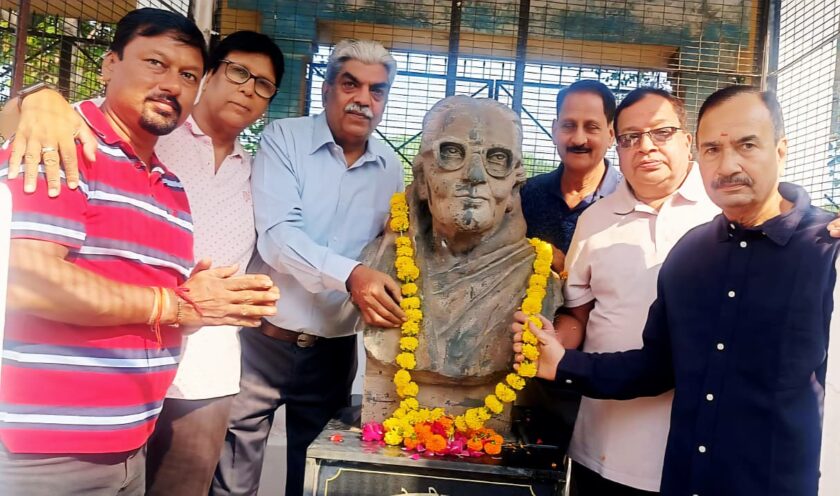New Delhi: Union Home Minister Amit Shah’s bold declaration, reaffirming the government’s commitment to LWE Eradication by March 2026, resonates with a renewed sense of urgency. Coupled with the security forces’ recent significant victory in Jharkhand’s Lugu Hills, where eight Maoists, including a high-value commander, were neutralized, the government’s resolve seems to be translating into tangible results.
The Home Minister’s message, conveyed through social media, underscores the unwavering determination to dismantle the Naxalite network. “Our march to LWE Eradication continues unabated,” the statement asserts, reflecting a strategic shift towards proactive and decisive action. The successful operation in Bokaro, which eliminated Prayag Manjhi alias Vivek, a Maoist leader carrying a substantial bounty, is a testament to the enhanced operational capabilities and intelligence gathering of the security forces.
Amit Shah’s repeated calls for Maoists to lay down their arms, coupled with stern warnings of forceful retaliation, have set a clear precedent. His ambitious target of eradicating LWE by March 2026, initially articulated during his visits to Chhattisgarh, has galvanized anti-LWE operations across affected states. This aggressive timeline has instilled a sense of purpose and accountability within the security apparatus, driving them to intensify their efforts.
The Jharkhand operation, which saw sustained engagement and yielded a significant number of casualties, highlights the risks and challenges faced by security forces. The rugged terrain and the entrenched nature of the insurgency demand meticulous planning and execution. The government’s emphasis on coordinated operations, intelligence sharing, and technological advancements is crucial in sustaining this momentum.

While the recent victory is commendable, it is essential to acknowledge that the fight against LWE is multifaceted. It necessitates not only military action but also socio-economic development in affected regions. The government’s integrated approach, which includes infrastructure development, education, and healthcare initiatives, is vital to address the root causes of the insurgency.
The March 2026 deadline is ambitious, but it signals a clear intent. The recent success in Jharkhand, combined with the Home Minister’s unwavering commitment, provides a glimmer of hope that the nation can finally overcome this long-standing internal security threat. However, sustained effort, strategic planning, and a holistic approach are paramount to achieving this goal. The nation watches closely, hoping that this resolve translates into lasting peace in the affected regions.






